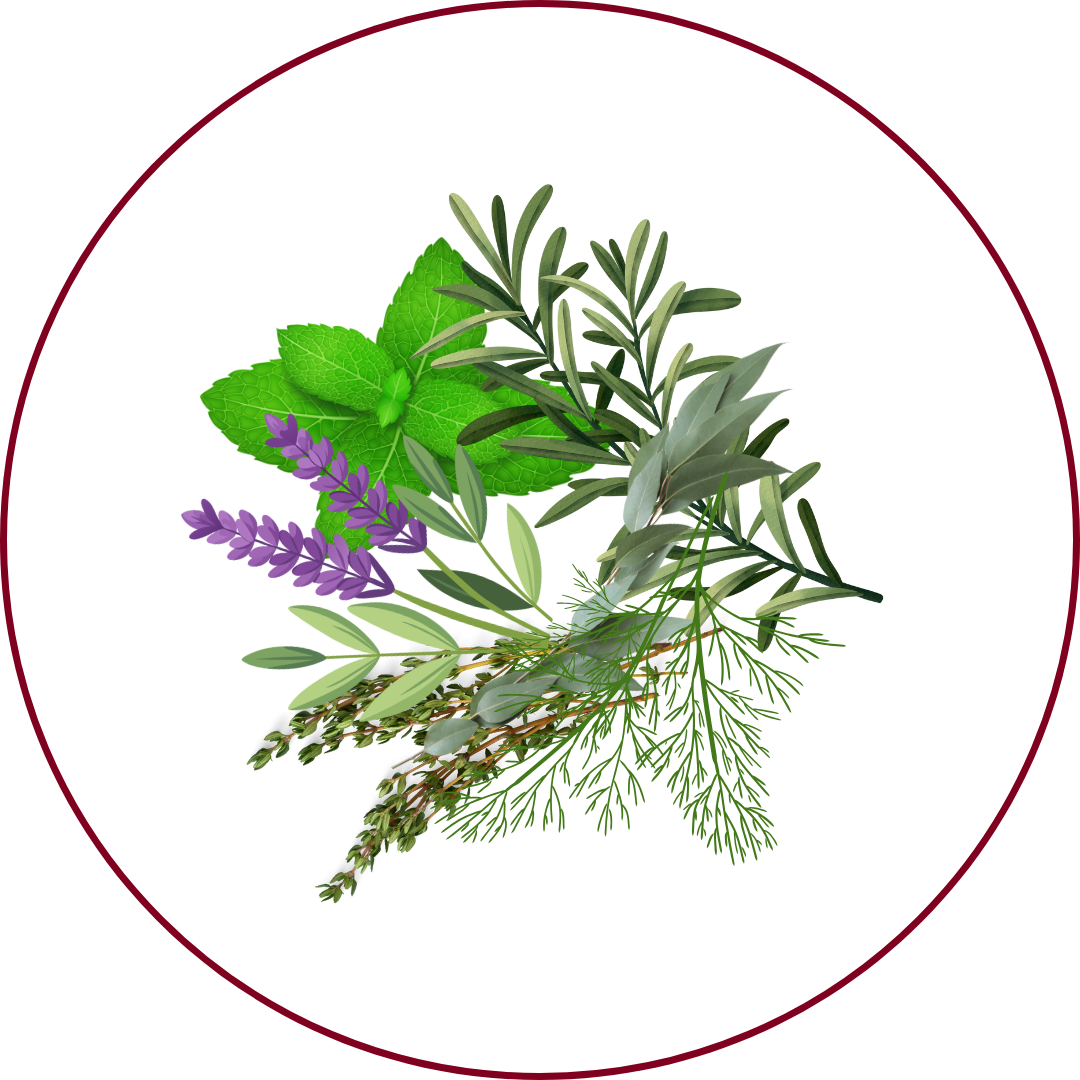Grape Variety
Kadarka
"kah-DAR-kah"
Wine Styles
 Sparkling
Sparkling Light White
Light White Full White
Full White Aromatic
Aromatic Rosé
Rosé Light Red
Light Red Medium Red
Medium Red Full Red
Full Red Dessert
DessertAbout Kadarka
Origin
Balkans
History
Kadarka is a red grape variety with an uncertain origin, though it is most likely native to the Balkans and spread during Ottoman rule. It has a long history and is popular in Romania and Bulgaria, where it is known as Gamza. Kadarka was once a significant component of Hungary's Egri Bikavér (Bull's Blood) wines but has declined in Hungarian vineyards, being replaced by varieties like Kékfrankos and Portugieser. Despite its finicky nature, Kadarka remains an important red variety, especially in Hungary.
Appearance
Medium-sized clusters of dark blue to black grapes with thin, delicate skins.
Growing Traits
Kadarka is a late-ripening variety with thin skins, making it susceptible to noble rot and requiring careful vineyard management. Proper yield restriction is essential to produce quality, concentrated fruit. Due to these challenges, many plantings of Kadarka disappeared from Hungary throughout the 20th century.
Wine Characteristics
Body
2/5
Sweetness
1/5
Tannin
1/5
Acidity
3/5
Alcohol
2/5
Light to medium-bodied with a delicate structure, offering fresh acidity and low tannins. Typically dry, emphasizing its crisp and fresh character. Low tannin levels, contributing to a softer mouthfeel. Moderate to high acidity, providing balance and freshness to the wine. Moderate alcohol content, generally around 11-12%, making it approachable and easy-drinking.
Taste Profile

Red Cherry

Raspberry

Spices

Herbal
Kadarka wines are characterized by delicate aromas of red cherries and raspberries, with subtle spicy and herbal notes. On the palate, they are light-bodied with low tannins and moderate to high acidity, making them approachable and suitable for early drinking.
Food Pairing
Kadarka's light body and spicy character make it a versatile companion for various dishes. It pairs well with dishes seasoned with paprika, such as Hungarian goulash, and complements grilled poultry, charcuterie, and light pasta dishes. Its crispness also enhances the flavors of seafood and salads.
Growing Regions

Hungary
SzekszárdVillányEger

Romania
Banat

Bulgaria
Danubian Plain
Notable Wines & Producers
St. Andrea Kadarka
St. Andrea Winery
Heimann & Fiai Kadarka
Heimann & Fiai
Balla Géza Kadarka
Balla Géza Winery
Kadarka FAQ
Common questions about this grape variety
What is the origin of Kadarka?
+
Balkans
Is Kadarka wine full bodied?
+
Kadarka has a body level of 2 out of 5. Which means that Kadarka is Moderate to Light bodied.
Is Kadarka wine dry or sweet?
+
Kadarka has a dryness level of 1 out of 5. Which means that Kadarka is Dry.
Where is Kadarka wine from?
+
Balkans
Where is Kadarka grown?
+
Kadarka is grown in Hungary (Szekszárd, Villány, Eger)Romania (Banat)Bulgaria (Danubian Plain).
What is Kadarka like?
+
Kadarka wines are characterized by delicate aromas of red cherries and raspberries, with subtle spicy and herbal notes. On the palate, they are light-bodied with low tannins and moderate to high acidity, making them approachable and suitable for early drinking.
What does Kadarka pair with?
+
Kadarka's light body and spicy character make it a versatile companion for various dishes. It pairs well with dishes seasoned with paprika, such as Hungarian goulash, and complements grilled poultry, charcuterie, and light pasta dishes. Its crispness also enhances the flavors of seafood and salads.
What does Kadarka taste like?
+
Kadarka wines are characterized by delicate aromas of red cherries and raspberries, with subtle spicy and herbal notes. On the palate, they are light-bodied with low tannins and moderate to high acidity, making them approachable and suitable for early drinking.
Take Kadarka Knowledge with You
Access detailed grape profiles, tasting notes, and pairing suggestions on your iPhone.
Download on theApp Store